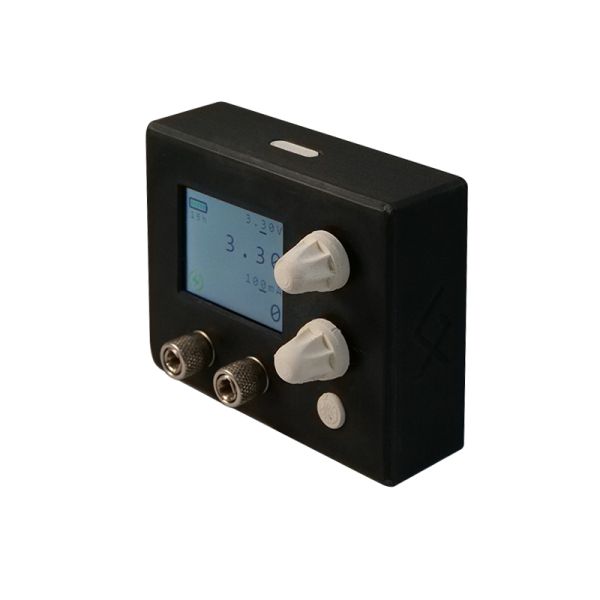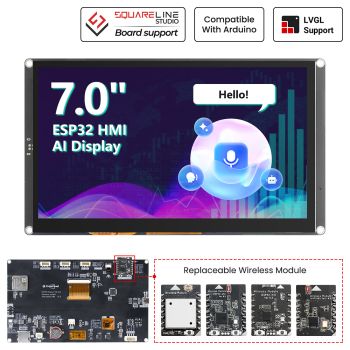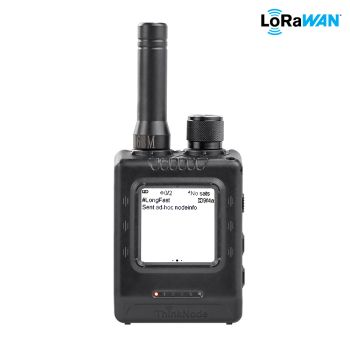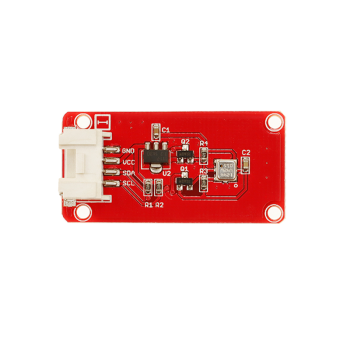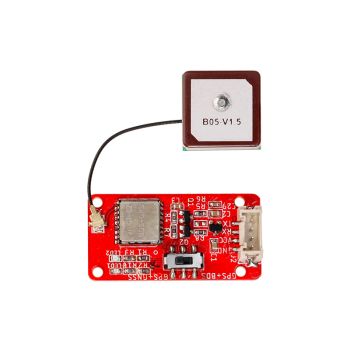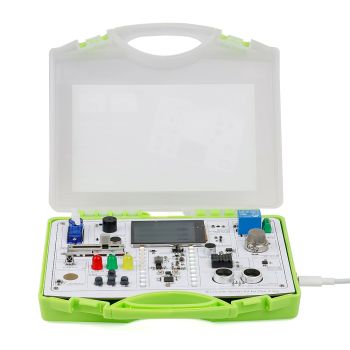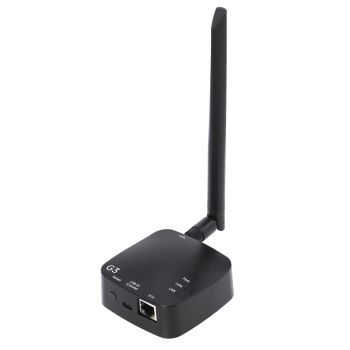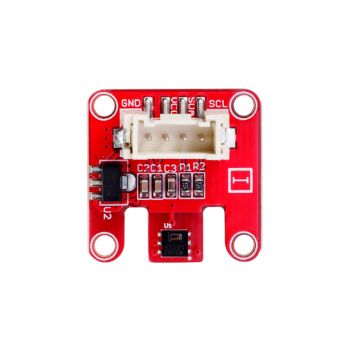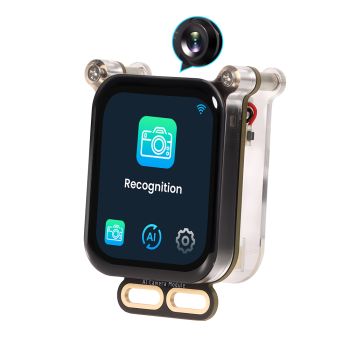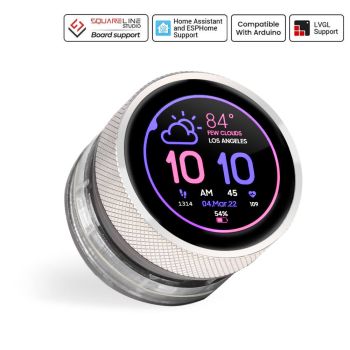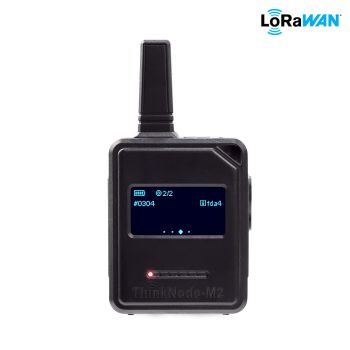Ember, a Portable "Bench" Power Supply

Ember, a Portable "Bench" Power Supply
Blue Smoke Electronics is proud to present a new type of power supply. Ember is a small sized, battery-driven power supply with the features you normally would expect in a traditional bench power supply.
Why do I need a bench power supply?
A bench power supply is used by engineers and scientists when they are working with low voltage DC electricity. There is two features that make a bench power supply very useful and that is adjustable voltage and adjustable current limit.
As a voltage source
Adjustable output voltage means that a power supply can be used as a voltage source, which is part of almost all electronic circuits. It also means that you can use Ember instead of different kinds of batteries.
As a current source
When the current limit is applied, the power supply act as a current source. While not as common as voltage sources, they are used in large numbers of electronic circuits. For instance, you need a current source when lighting up a LED.
Protection
When testing out new circuits it is common practice to set the current limit just above the current you are expecting the circuit to draw. That way, if something is wrong, the chance of something being damaged by large currents is reduced.
Why portable?
Traditional bench power supplies are, as the name suggests, designed to be stationary at your workbench. For most projects this is just fine, but for some project you have to take out an extension cord and a trolly to bring your power supply out into the field. To make this process easier, Blue Smoke Electronics has designed a portable version. No need to bring an extension cord, and the power supply fits in your pocket.
Outdoor projects
Need to repair something in your car? Not allowed to fly drones indoors? Homemade firework displays? Some projects is just not a good idea to do inside your home, and with Ember, you can just power your projects up outside.
Work from home?
Sometimes we just have to work on weekends, and wouldn't it be better to have your prototype set up on your living room table instead of having to go all the way back to the lab, just to test out the new firmware patch?
Around the house
If you are setting up a servo that automatically opens a window when it gets too hot, then you can hide an Ember behind a curtain until you can get permanent wiring to the window.
On the train
Having a long commute? Then Ember is perfect for your portable lab suitcase.
Store it in a drawer
Do you have your own space dedicated to electronics at home? Do your kids? If this is more of a hobby to you, choose a power supply that is easy to stove away when not in use.
Benefits of a battery
Not needing to be connected whit a cable all the time is not the only benefit of having a battery internally in Ember.
Energy buffer
The battery acts as a buffer, allowing a constant, low current input and high current output in bursts. This allows the device to be powered from any USB port and to deliver power indefinitely to a device that requires more power than the USB can provide, if the power is not continuous. Servo-motors are great examples of devices that requires a lot of power when moving, but most of the time do not require any power, and then allowing the battery to charge back up.
True isolation from the grid
For some RF sensitive measurements, you want to be sure that there is no noise coupled from the power grid into your electronics. One really good way to make sure no signal is coming from the grid, is to disconnect from the grid completely. Physically being disconnected also eliminates possibilities of ground loops.
No risk of electrocution
The voltage levels in the device never exceeds more than a few volts. This makes it impossible to get a dangerous electric shock, even if you do something really stupid like taking it with you for a swim. Don't use a power supply connected to 230V when testing RC boats in the bathtub.
Specs
A complete list of specifications can be found here . The most important specs are:
- Voltage from 0-15V
- Current from 0-1A
- 7.0 Wh battery life
- Charging via USB-c
- Controllable via USB-serial interface
- Dimensions: 85x75x40mm
- Weight: 150g
Github: Source code and Schematics
Price includes shipping cost. Please select free shipping when you check out.
Do to restirctions by my carrier i canno't ship to Afghanistan, Bhutan,Yemen, Libya, Syria, Turkmenistan. Sorry.

